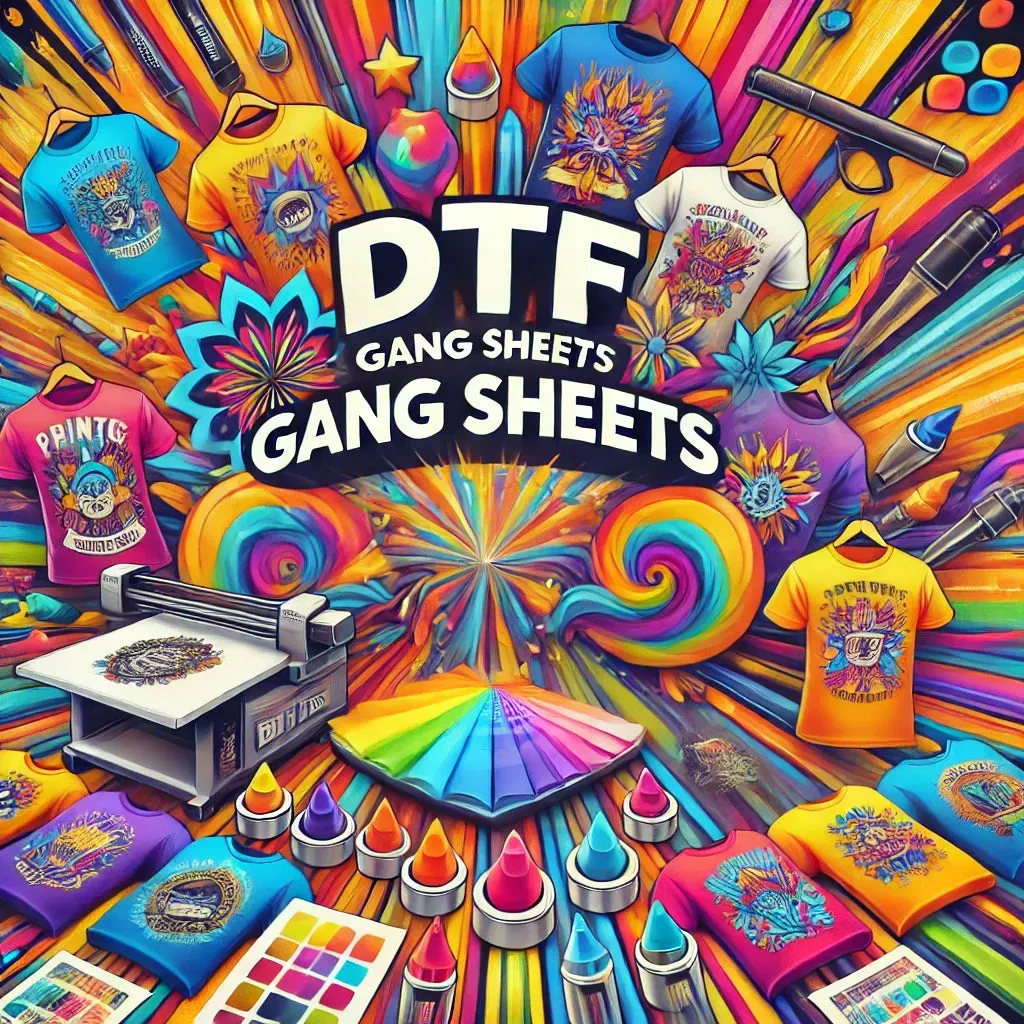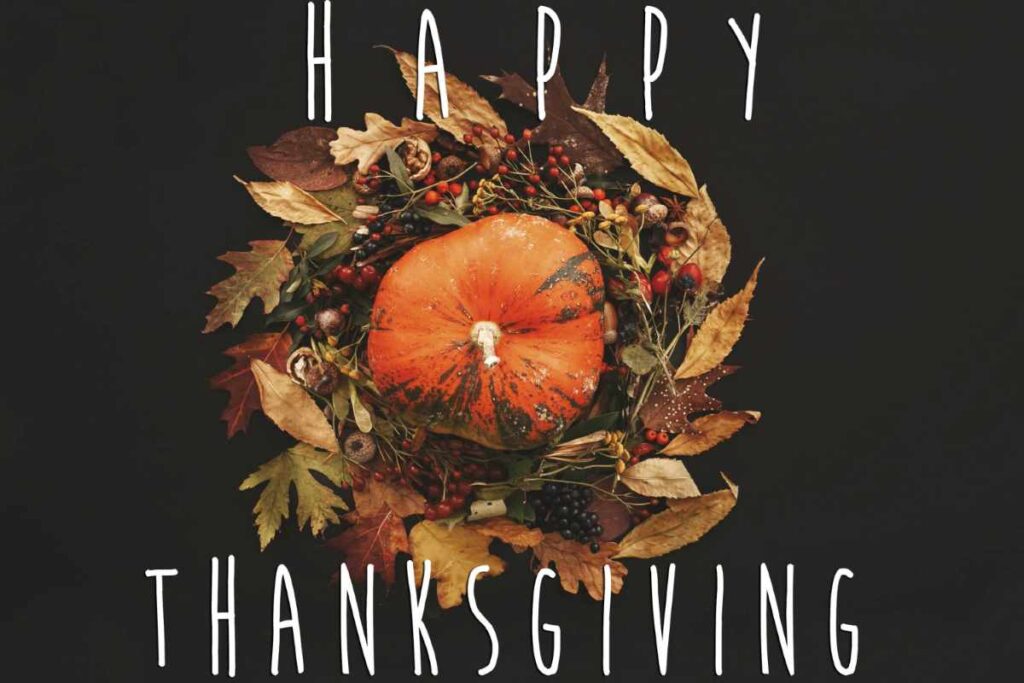In the dynamic realm of apparel printing, **DTF gangsheets** stand out as a game-changing solution for producing multiple designs efficiently. This innovative technique, inherent in Direct-to-Film (DTF) printing, allows graphic designers to maximize material use while minimizing printing costs. With DTF gangsheets, creators can layer custom designs on a single sheet, enhancing productivity and streamlining the process of getting fashion-inspired graphics onto garments. Whether you’re a small business owner or a seasoned apparel manufacturer, understanding how to effectively utilize DTF gangsheets can elevate your graphic design and fashion printing endeavors. Join us as we delve into the ultimate guide to mastering this essential aspect of custom designs.
In the world of fashion printing and graphic design, the term **DTF gangsheets** refers to a method that aggregates several designs onto a single film sheet for simultaneous printing. This approach, integral to Direct-to-Film technology, not only improves the efficiency of the printing process but also provides an avenue for cost-effective production of customized apparel. By leveraging gangsheets, print makers can maximize the utility of materials while ensuring high-quality prints. This discussion will explore various aspects of creating and optimizing these sheets, including design spacing and color management strategies. Understanding this process can significantly impact your ability to deliver vibrant, unique designs in the fast-paced apparel market.
The Benefits of DTF Gangsheets in Apparel Printing
DTF gangsheets bring a multitude of advantages to apparel printing, revolutionizing how designs are produced and scaled. By allowing multiple designs to be printed on a single sheet, this method significantly reduces both material costs and waste. Businesses can efficiently maximize their operational capacity by optimizing space utilization, ensuring that no inch of the film is wasted. This efficiency not only translates into monetary savings but also accelerates the production cycle, enabling brands to respond faster to market demands.
Furthermore, the flexibility offered by DTF gangsheets allows designers to experiment with various graphics, styles, and color combinations without committing to large runs of each design. This experimentation fosters creativity and innovation, essential components in the competitive landscape of fashion printing. Additionally, as designers can easily create custom designs suited to specific clientele needs, they cater to a broader range of customer preferences, making their offerings more appealing and personalized.
Key Design Considerations for Effective DTF Gangsheets
When constructing DTF gangsheets, it is crucial to pay attention to design dimensions and proper spacing between graphics. Designers should maintain adequate margins around each design to prevent overlaps during the printing process. This careful planning helps avoid costly reprints due to misalignment or merging designs, ensuring that each item retains its intended clarity and appeal. Good spacing is instrumental in presenting each graphic distinctly, enhancing the overall aesthetic and effectiveness of the apparel.
Color management is another vital consideration in the design process. The accuracy of colors in DTF printing is paramount, given how discrepancies can affect the perceived quality of the printed apparel. Implementing reliable color profiling and conducting thorough test prints can help designers achieve the vibrant results that consumers expect in today’s market. By focusing on these essential design elements—dimensions, spacing, and color integrity—designers can enhance their workflow and deliver superior products.
Innovative Tools and Software for DTF Gangsheet Design
To maximize efficiency in creating DTF gangsheets, utilizing advanced design software such as Adobe Illustrator or CorelDRAW is highly recommended. These tools are specifically designed for professional graphic design and can significantly streamline the layout process. Furthermore, many software platforms now offer templates catered explicitly to DTF printing, enabling designers to optimize their workflows while maintaining high-quality outputs. Integrating these tools into the design process paves the way for meticulous planning and execution.
Additionally, the emergence of specialized DTF software aids in aspects such as color management, layer organization, and precise sizing. This software not only simplifies the design process but also enhances accuracy and reliability in printing, which is crucial in the fast-paced world of fashion printing. As businesses increasingly leverage technology in their design processes, embracing these innovations will be key to staying competitive and responsive to changing consumer demands.
Best Practices for Quality Control in DTF Printing
Quality control is paramount in the DTF printing process, starting with detailed test prints. Conducting these preliminary tests allows designers to evaluate the clarity, color accuracy, and overall appearance of designs on fabric. This step ensures that any potential issues can be addressed before the final print run, significantly reducing errors and waste. By prioritizing quality at this stage, businesses can avoid the negative impacts associated with poor-quality products, such as dissatisfied customers and financial losses.
Another best practice involves selecting high-quality inks and films designed for durability and adhesion. The longevity of prints depends greatly on these materials, which can significantly affect customer satisfaction. By investing in superior products, businesses can ensure that their printed designs withstand wear and tear, maintaining vibrant colors and crisp details even after multiple washes. Ultimately, maintaining high standards throughout the printing process is essential for building a reputable brand in the competitive apparel market.
Embracing AI Technology for DTF Gangsheet Optimization
The integration of AI technology into DTF printing is transforming the industry, allowing for more efficient design and layout processes. AI tools can analyze designs automatically to adjust sizing and positioning, ensuring that every square inch of the gangsheets is utilized effectively. This level of optimization minimizes material waste and maximizes productivity, aligning with the contemporary demand for sustainability in apparel printing.
Moreover, AI can also assist designers in implementing advanced color management techniques, predicting how colors appear on different fabric types. By leveraging AI-driven tools, designers can make informed adjustments, improving the final quality of their prints. The continuous advancements in AI technology are not only enhancing the efficiency of DTF printing but are also opening new avenues for creativity and customization, making it an essential aspect of modern graphic design.
The Future of Custom Apparel with DTF Printing
As consumer preferences shift towards personalized and unique designs, DTF printing is poised to become a key player in the custom apparel market. The ability to print intricate designs in vibrant colors on various fabric types enables businesses to cater to individual customer demands effectively. This adaptability is particularly beneficial for small and medium enterprises aiming to establish a distinctive brand identity.
Furthermore, the trend towards personalization is also reflected in the rise of interactive designs, such as incorporating QR codes. This innovation not only enhances the visual appeal of the apparel but also connects consumers to digital content, enriching their overall shopping experience. As the demand for customized products continues to grow, embracing the capabilities of DTF printing will be crucial for brands looking to distinguish themselves in the crowded fashion landscape.
Frequently Asked Questions
What are DTF gangsheets and how are they used in DTF printing?
DTF gangsheets are specialized layouts used in DTF printing that allow multiple custom designs to be printed simultaneously on a single film sheet. This maximizes material efficiency and speeds up the apparel printing process, making it ideal for businesses that aim to reduce costs and improve productivity.
How can I optimize the design dimensions of my DTF gangsheets?
To optimize design dimensions on DTF gangsheets, ensure that each graphic is sized appropriately with adequate spacing between them. This prevents overlapping during printing and allows for easy separation of designs after transfer, ensuring high-quality results in your apparel printing.
What role does color management play in creating successful DTF gangsheets?
Color management is critical in DTF printing as it ensures that the colors in the final prints closely match the original designs. By using reliable color profiles and conducting test prints, designers can achieve vibrant and accurate results on their DTF gangsheets, enhancing the overall quality of the custom designs.
What types of graphics should I use for DTF gangsheets to ensure quality?
For DTF gangsheets, it’s essential to use high-resolution or vector graphics to maintain clarity even when scaled. This ensures your designs look professional and vibrant when transferred onto apparel, avoiding pixelation and preserving the quality of your fashion printing.
How do I choose the right inks and film for my DTF gangsheets?
Selecting high-quality inks and films for your DTF gangsheets is crucial for achieving durable prints. Opt for reputable products that enhance adhesion and withstand multiple washes, ensuring that your designs retain their vibrancy and integrity over time.
What software tools are best for designing DTF gangsheets effectively?
Using professional software like Adobe Illustrator or CorelDRAW is recommended for creating effective DTF gangsheets. These tools provide advanced features that help in precise layout design, while specialized DTF software can offer templates and tools tailored to streamline your apparel printing workflow.
| Key Considerations | Description |
|---|---|
| Design Dimensions and Spacing | Proper sizing and spacing between designs prevent overlap during printing and simplify separation post-transfer. |
| Color Management | Using a reliable color management system ensures vibrant and accurate color prints, matching designs to expectations. |
| Use High-Quality Graphics | High-resolution or vector graphics maintain print quality, avoiding pixelation when scaled. |
| Inks and Film Quality | Quality inks and films improve adhesion and durability, retaining print quality after multiple washes. |
| Software and Tools | Professional design software ensures precise layout and offers templates specifically for DTF printing. |
Summary
DTF gangsheets play a crucial role in the world of Direct-to-Film printing, allowing designers to streamline their workflows and enhance production efficiency. By understanding the key considerations—such as design dimensions, color management, graphic quality, and the importance of using high-grade materials—one can create exceptional prints that stand out. Moreover, staying informed about innovations like AI integration and personalization trends will empower businesses to thrive in the competitive landscape of apparel printing. The future is bright for DTF gangsheets, offering endless opportunities for creativity and professionalism in design.



